3-Day Itinerary: A Comprehensive Travel Guide to Wroclaw, Poland
Wroclaw, Poland
3 days
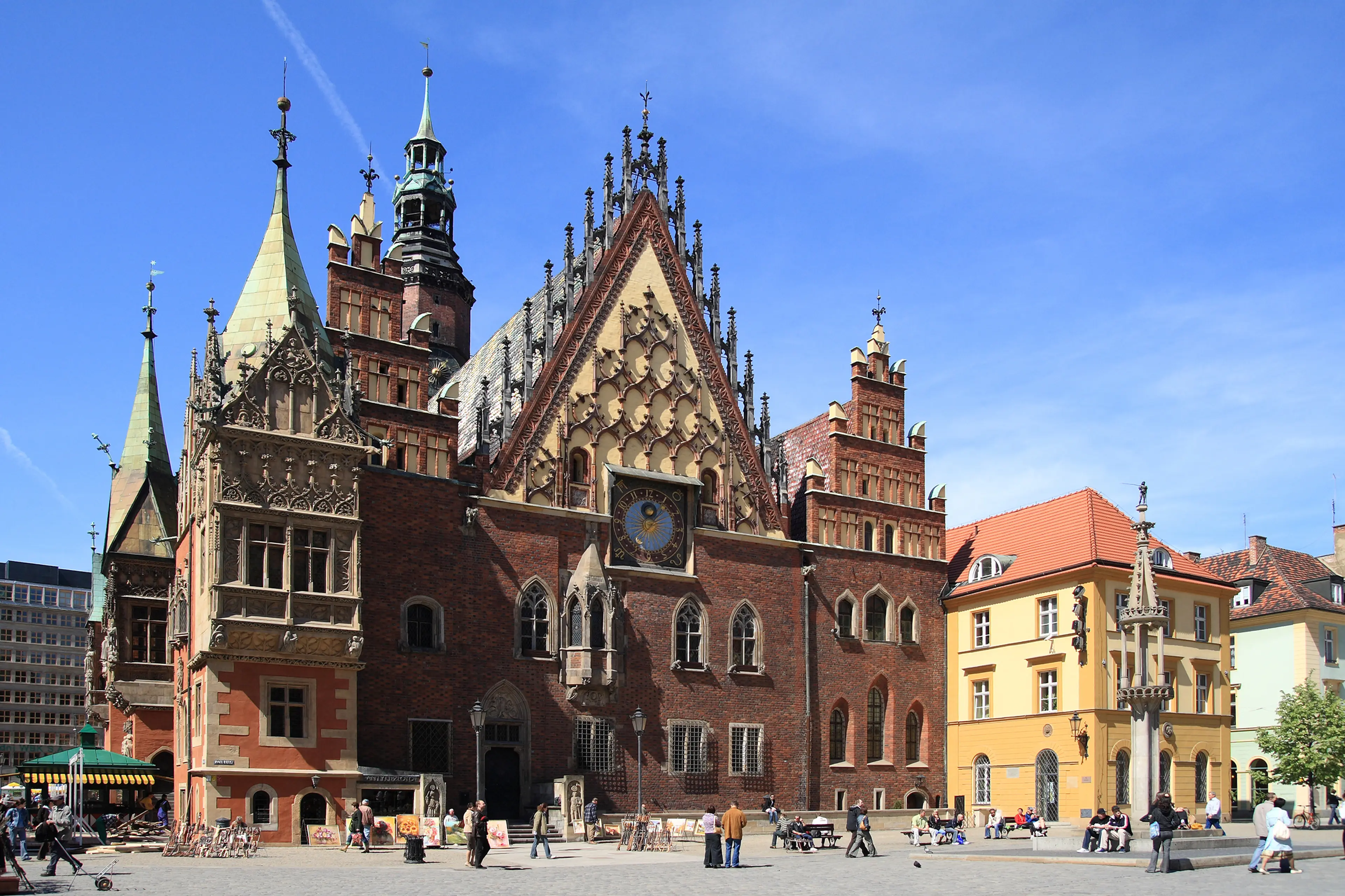
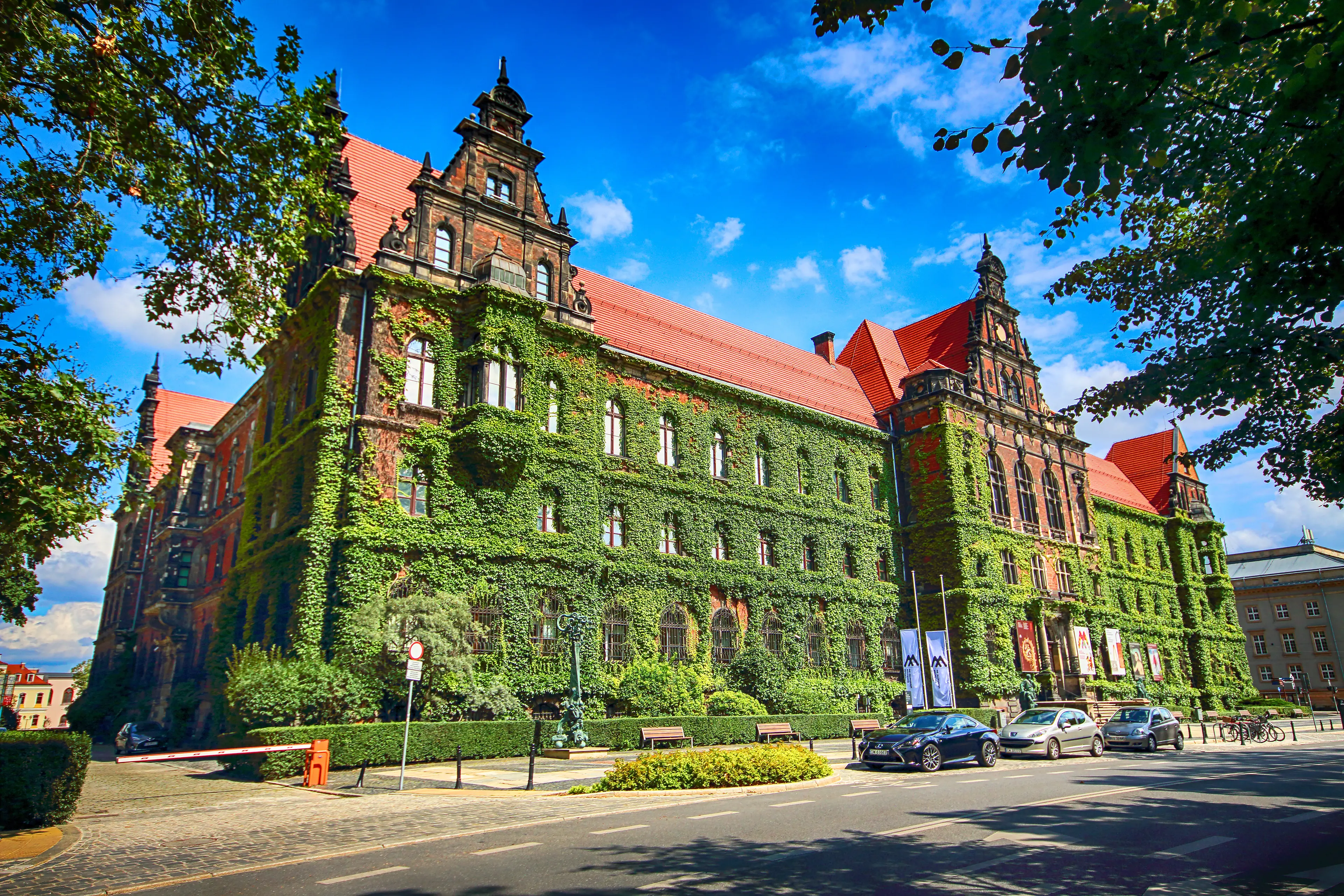
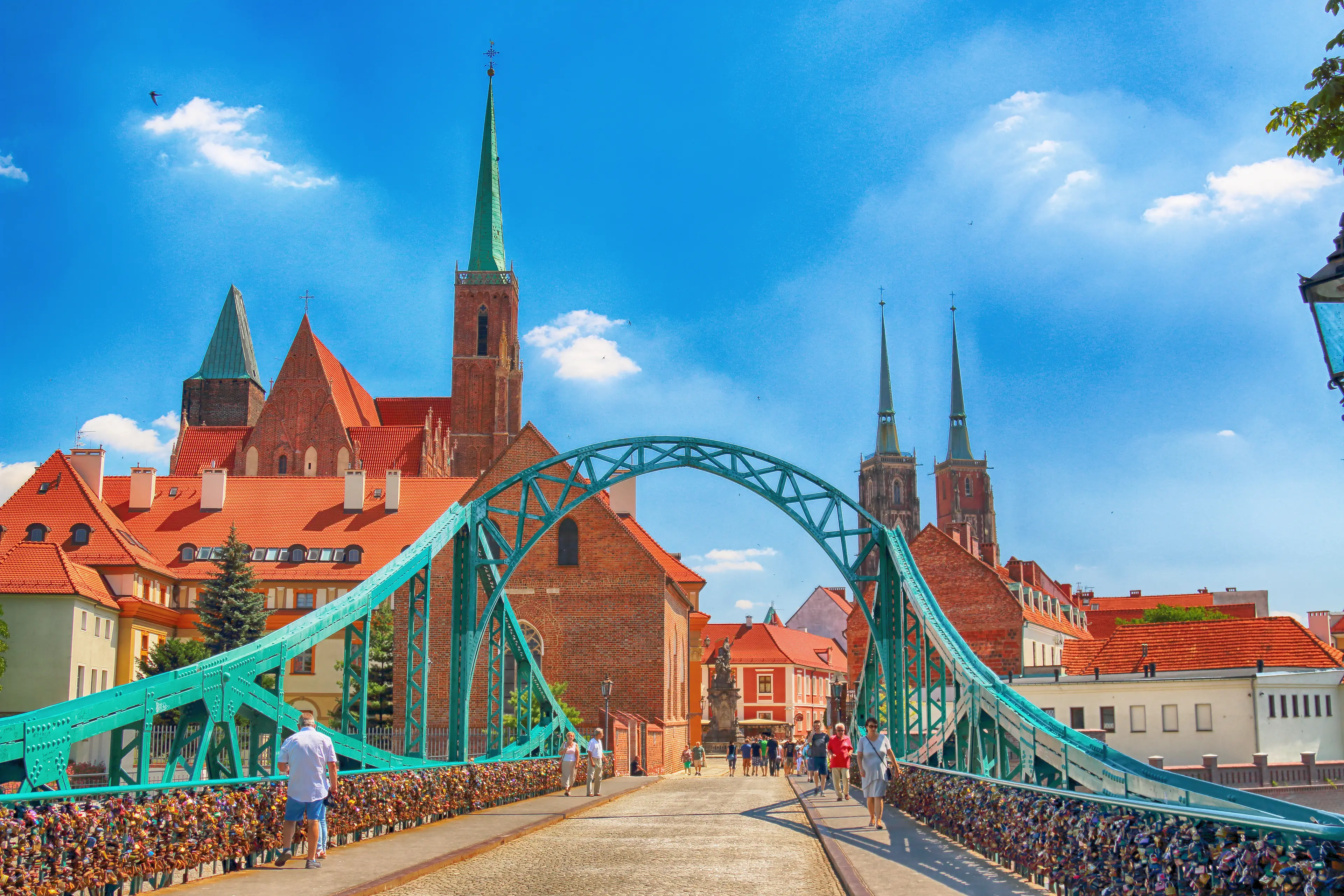
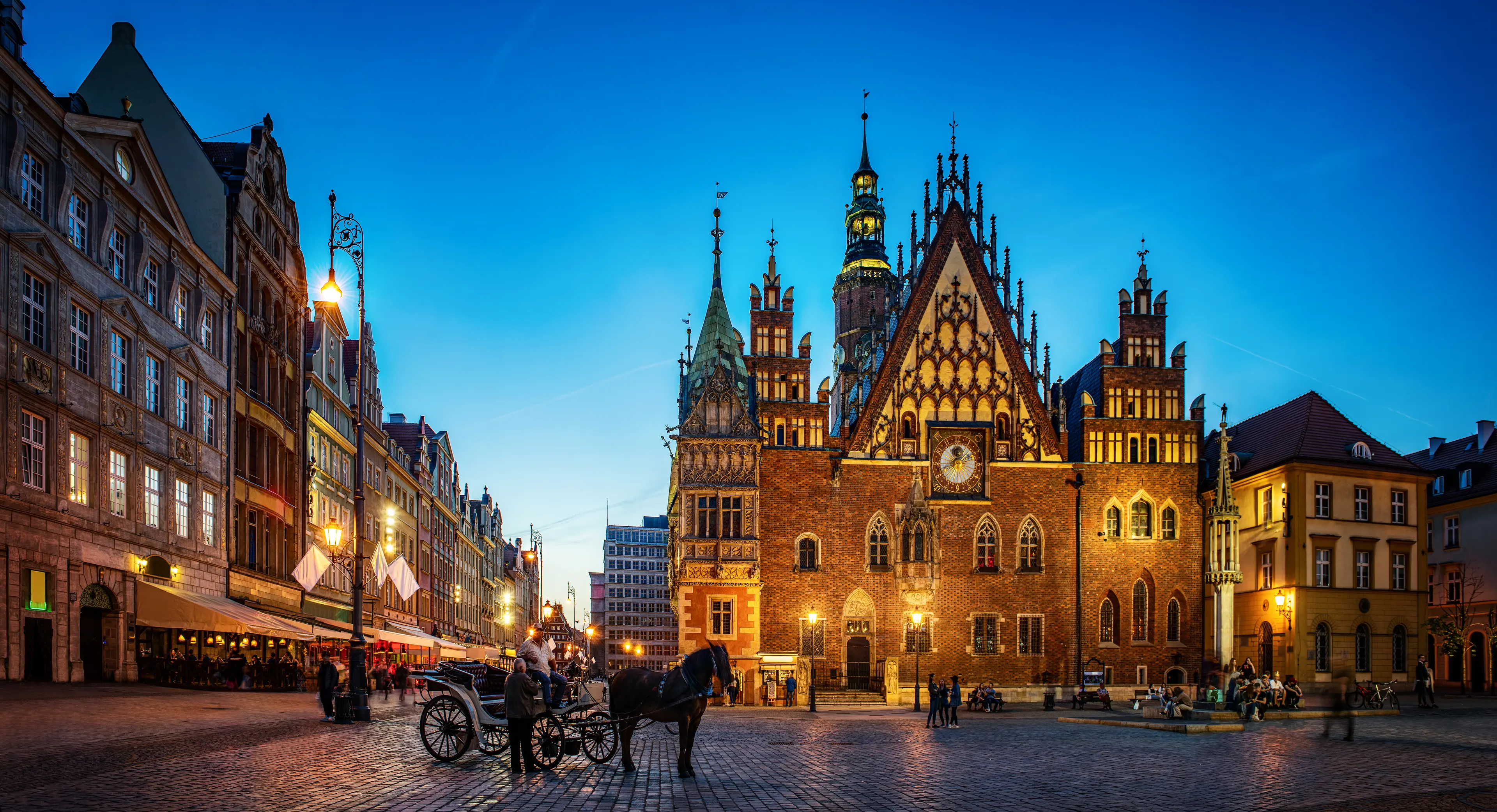

About Wroclaw, Poland
Discover the charm of Wroclaw, Poland, a city steeped in history and culture. Explore the picturesque Old Town, home to the stunning Market Square and Gothic-style Wroclaw Cathedral. Wander through the city's unique district of Ostrow Tumski, the oldest part of the city. Don't miss the Panorama of Raclawice, a monumental cycloramic painting depicting the Battle of Raclawice. Visit the Centennial Hall, a UNESCO World Heritage site, and the Japanese Garden for a serene experience. Enjoy a boat ride on the Oder River and spot the numerous dwarfs scattered around the city, each telling a different story. With its vibrant nightlife, delicious Polish cuisine, and friendly locals, Wroclaw is a destination that offers something for every traveler.
3-Day Itinerary
Day 2
Discovering Wroclaw's Parks and Modern Art
Morning
Begin your second day with a visit to the Centennial Hall, a UNESCO World Heritage site. Its innovative design and large dome are truly impressive.
Lunch
Have lunch in the Szczytnicki Park area. Enjoy a picnic amidst the greenery or dine in a cozy restaurant nearby.
Afternoon
Spend your afternoon exploring the Japanese Garden and the Pergola Fountain located in the Szczytnicki Park. The garden is especially beautiful during cherry blossom season.
Dinner
Dine in a restaurant in the Four Domes Pavilion area. Try some modern Polish cuisine or international dishes.
Evening
End your day with a visit to the Four Domes Pavilion, a modern art museum. The museum is open late and offers a unique night-time experience.
Day 3
A Day in the Oldest Part of Wroclaw
Morning
Start your final day with a visit to the Wroclaw Cathedral on Ostrow Tumski, the oldest part of the city. The cathedral's twin towers offer a great view of the city.
Lunch
Enjoy lunch in a riverside restaurant on Ostrow Tumski. Try some traditional Polish soups like zurek or barszcz.
Afternoon
Spend your afternoon exploring the Botanical Garden. The garden is home to a variety of plant species and offers a peaceful retreat from the city.
Dinner
Have your farewell dinner in a restaurant in the Old Town. Enjoy a hearty Polish meal and toast to your wonderful trip.
Evening
End your trip with a leisurely walk around the Old Town. Enjoy the night-time atmosphere and say goodbye to the beautiful city of Wroclaw.
Attractions in Itinerary (11)

1Market Square
One of the largest market squares in Europe, filled with colorful buildings, restaurants, and shops.

2Old Town Hall
A stunning example of Gothic architecture, now housing the Museum of Bourgeois Art.

3Dwarf Statues
Over 350 small bronze statues scattered around the city, each with its own unique character and story. They are a symbol of Wroclaw and a popular attraction for tourists.

4Wroclaw University Museum
A museum showcasing the history and achievements of Wroclaw University, including a beautiful Baroque hall.

5Centennial Hall
A historic exhibition hall and UNESCO World Heritage site, known for its pioneering ferroconcrete structure.

6Szczytnicki Park
A large park offering walking trails, a rose garden, and a historic pergola.

7Japanese Garden
A beautiful and tranquil garden created for the 1913 World's Fair, featuring Japanese plants and structures.

8Pergola Fountain
A beautiful and impressive water feature located near the Centennial Hall. It is especially stunning at night when it is lit up.

9Four Domes Pavilion
A modernist building housing the Museum of Contemporary Art. It is part of the UNESCO World Heritage site - Centennial Hall complex.

10Wroclaw Cathedral
The Cathedral of St. John the Baptist in Wrocław is a gothic cathedral, and one of the most important landmarks in the city. It is the seat of the Roman Catholic Archdiocese of Wrocław and one of the oldest and largest churches in Poland.

11Botanical Garden
A beautiful and peaceful garden with a wide variety of plants and flowers. It is a perfect place for relaxation and nature walks.
Local Food and Drinks (12)

Pierogi
Traditional Polish dumplings, often filled with a variety of ingredients such as cheese, meat, or fruits. A must-try when visiting Wroclaw.

Bigos
A hearty Polish stew made from sauerkraut, meat, and a variety of vegetables. It's a popular dish in Wroclaw and throughout Poland.

Zurek
A sour rye soup that is a staple in Polish cuisine. It's often served with sausage and hard-boiled eggs, making it a popular choice in Wroclaw.

Kielbasa
A traditional Polish sausage that is often grilled and served with bread and mustard. It's a common street food in Wroclaw.

Kotlet Schabowy
A breaded pork cutlet that is a staple in Polish cuisine. It's often served with mashed potatoes and cabbage, making it a popular dish in Wroclaw.

Paczki
A traditional Polish doughnut, often filled with jam or custard. They're a popular treat in Wroclaw, especially during the Carnival season.

Placki Ziemniaczane
These are Polish potato pancakes, often served with sour cream or a goulash-style stew. They're a common dish in Wroclaw.

Kasza Gryczana
Buckwheat groats, a traditional Polish side dish. It's often served with meat or vegetables, making it a common choice in Wroclaw.

Barszcz
A beetroot soup that is a staple in Polish cuisine. It's often served with dumplings or potatoes, making it a popular choice in Wroclaw.

Polish Beer
Beer is a popular drink in Wroclaw and throughout Poland. There are many local breweries producing a variety of styles.

Polish Vodka
Vodka is a traditional Polish spirit. In Wroclaw, it's often enjoyed straight or used in cocktails.
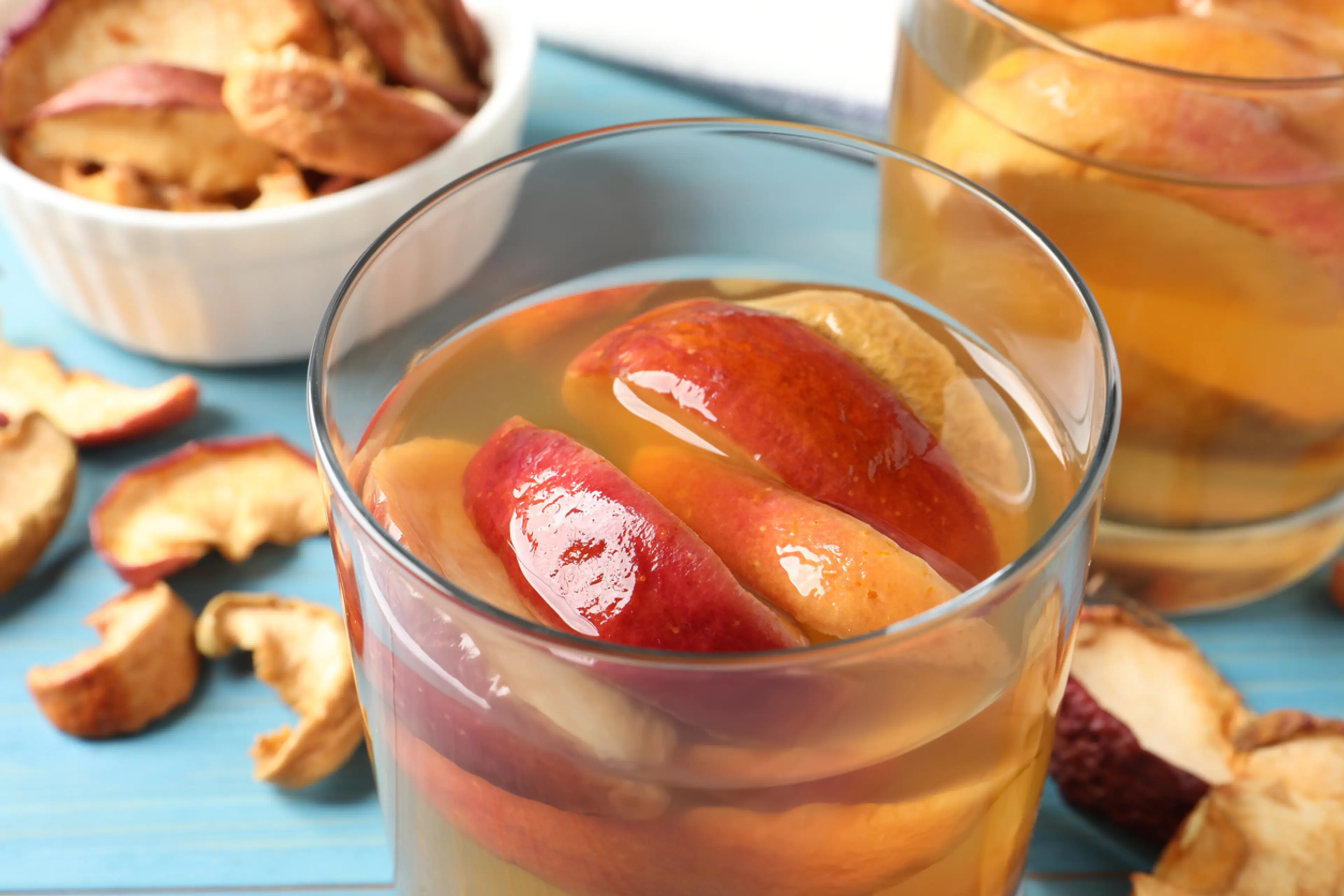
Kompot
A sweet drink made from boiled fruit, often served with meals in Wroclaw and throughout Poland.
Best time to visit
The best time to visit Wroclaw, Poland is from May to September when the weather is warm and pleasant. During these months, the city is vibrant with outdoor events and festivals. However, if you prefer a less crowded time, the shoulder seasons of April and October can also be a good choice with slightly cooler temperatures.
How to get around
Walk
Wroclaw is a compact city, and many of its attractions are within walking distance of each other. The city center is pedestrian-friendly with numerous pedestrian zones and paths.
Bike
Wroclaw has a well-developed network of bike paths, making it a bike-friendly city. The city also has a bike-sharing system, Wroclaw City Bike, which allows you to rent a bike for a short period of time.
Public Transportation
Wroclaw has an extensive public transportation system that includes trams and buses. The trams are a convenient way to get around the city, especially the city center. The buses cover the areas not reached by the tram network.
Taxi
Taxis are readily available in Wroclaw and can be hailed on the street, booked by phone, or through a mobile app. They are a convenient but more expensive option for getting around the city.
Ridesharing
Ridesharing services like Uber are available in Wroclaw. They offer a convenient and often cheaper alternative to taxis. You can book a ride using the app on your smartphone.
Car Rental
Renting a car can be a good option if you plan to explore the surrounding areas of Wroclaw. However, parking can be challenging in the city center and traffic can be heavy during peak hours.
Boat
Wroclaw is known as the Venice of Poland due to its numerous waterways. You can take a boat tour to see the city from a different perspective. However, it's not a practical method for daily transportation.
Important information
Currencyzł PLN
Time zoneUTC+1
Driving sideRight
Emergency phone112, 999
Drinking waterOpt for bottled water
Power sockets
Voltage230 V
Things to know about Wroclaw, Poland as a first time visitor
1
Poland's official language is Polish, but English is widely spoken in tourist areas and younger generations.
2
The currency in Poland is the Polish Zloty (PLN). Credit cards are widely accepted, but it's always good to have some cash on hand.
3
Wroclaw has a temperate seasonal climate. The average temperature in summer (June to August) is around 64°F (18°C) and in winter (December to February) it's around 32°F (0°C).
4
Tipping is customary in Poland. In restaurants, it's common to leave a tip of 10-15% of the total bill.
5
Public transportation in Wroclaw is efficient and reliable. It includes trams, buses, and a night bus service.
6
Wroclaw is a safe city, but like any other tourist destination, it's important to be aware of your surroundings and keep an eye on your belongings.
7
Poland is part of the Schengen Agreement, so check visa requirements before you travel.
8
The country code for Poland is +48, and the area code for Wroclaw is 71.
9
Wroclaw has a wide range of accommodation options to suit different budgets, from luxury hotels to budget hostels and vacation rentals.
10
Polish cuisine is hearty and diverse. Don't miss trying local specialties like pierogi (dumplings), bigos (hunter's stew), and kielbasa (Polish sausage).
11
Wroclaw is known for its vibrant nightlife, with a wide range of bars, clubs, and live music venues.
12
Poland operates on Central European Time (CET) and observes daylight saving time.
13
Pharmacies in Wroclaw are well stocked and pharmacists often speak English. Look for the sign 'Apteka'.
14
Poland has a universal healthcare system, but it's recommended for tourists to have travel insurance that covers medical expenses.
15
Wroclaw has a number of shopping centers and markets where you can buy local products, souvenirs, and high-end brands.
16
Poland uses type E power sockets, and the standard voltage is 230 V. You may need a power plug adapter or voltage converter.
17
Drinking alcohol in public places is strictly prohibited in Poland, except in designated areas like bars and restaurants.
18
Smoking is banned in public places in Poland, including restaurants, bars, and public transportation.
19
Wroclaw is a pedestrian-friendly city with many pedestrian zones in the city center. However, jaywalking is illegal and can result in a fine.
20
Poland is a predominantly Catholic country, and religious customs and traditions are deeply rooted in the culture. Respect local customs, especially during religious holidays.
Basic Polish to know as a first time visitor
English phrase | Native phrase | Pronunciation | When to use it |
|---|---|---|---|
Hello | Cześć | Cheh-sh-ch | Greeting someone |
Goodbye | Do widzenia | Doh vee-dzen-ya | Saying goodbye |
Please | Proszę | Pro-sheh | Making a request |
Thank you | Dziękuję | Jenkoo-yeh | Expressing gratitude |
Yes | Tak | Tahk | Agreeing with someone |
No | Nie | Nee-eh | Disagreeing with someone |
Excuse me | Przepraszam | Pshe-pra-sham | Getting someone's attention |
I'm sorry | Przepraszam | Pshe-pra-sham | Apologizing |
Do you speak English? | Czy mówisz po angielsku? | Chy moo-vish po an-gyel-skoo? | Trying to find someone who speaks English |
I don't understand | Nie rozumiem | Nee-eh ro-zoo-myem | When you don't understand what's being said |
Where is...? | Gdzie jest...? | Gd-jeh yest | Asking for directions |
Bathroom | Łazienka | Wah-zhien-ka | Looking for a bathroom |
Help | Pomoc | Po-mots | In case of emergency |
Food | Jedzenie | Yed-zhen-ye | Looking for a place to eat |
Water | Woda | Vo-da | Asking for water |
Beer | Piwo | Pee-vo | Ordering a beer |
Wine | Wino | Vee-no | Ordering wine |
How much does it cost? | Ile to kosztuje? | Ee-leh toh kos-too-yeh? | Asking for the price |
Can I pay with a credit card? | Czy mogę zapłacić kartą? | Chy mo-geh za-pwa-chich kar-ta? | Asking to pay with a credit card |
Call a doctor | Wezwać lekarza | Vez-vach le-kar-za | In case of a medical emergency |
Packing List
Clothing
Underwear
Socks
T-shirts
Pants/Jeans
Comfortable walking shoes
Sweater or Jacket
Pajamas
Swimwear (if planning to use a hotel pool or spa)
Scarf, gloves and hat (if traveling in winter)
Toiletries
Toothbrush and toothpaste
Deodorant
Shampoo and conditioner
Body wash or soap
Razor and shaving cream
Makeup and makeup remover
Hairbrush or comb
Prescription medications
First aid kit (band-aids, antiseptic wipes, tweezers)
Travel documents and essentials
Passport/ID
Airline tickets
Hotel reservation confirmation
Travel insurance documents
Credit and debit cards
Cash in local currency (Polish Złoty)
Guidebook or map
Emergency contacts and important addresses
Electronics and gadgets
Smartphone
Charger for smartphone
Headphones
Camera
Charger for camera
Universal power adapter
Portable power bank
Miscellaneous items
Snacks for the journey
Travel pillow and blanket
Earplugs and eye mask
Reusable water bottle
Books or e-reader for entertainment
Travel-sized laundry detergent
Plastic bags for dirty clothes
Weather Conditions
When planning a trip to Wroclaw, Poland, it's essential to consider the city's weather patterns to ensure a comfortable and enjoyable visit. Wroclaw experiences a temperate seasonal climate, with warm summers and cold winters. The summer months, from June to August, are the warmest with temperatures often reaching up to 24°C (75°F). This is a great time to visit if you enjoy outdoor activities and sightseeing. However, it's also the peak tourist season, so expect larger crowds at popular attractions. The winter months, from December to February, can be quite cold with temperatures often dropping to -2°C (28°F) or lower. If you're planning a winter visit, be sure to pack warm clothing, including a heavy coat, gloves, and a hat. Despite the cold, Wroclaw's winter can be quite beautiful, especially if you enjoy the snow. Spring (March to May) and autumn (September to November) are transitional seasons with more moderate temperatures. Spring sees temperatures ranging from 8°C (46°F) to 15°C (59°F), while autumn temperatures can range from 10°C (50°F) to 20°C (68°F). These seasons can be a good time to visit if you prefer milder weather and fewer tourists. Regardless of the season, it's always a good idea to check the forecast before your trip and pack accordingly. Also, keep in mind that weather can be unpredictable, so it's wise to pack a light raincoat or umbrella, even in the summer months. Lastly, remember that the sun sets quite late during the summer months, often after 9 PM, giving you plenty of daylight to explore the city. Conversely, in winter, daylight hours are significantly reduced, with the sun setting as early as 3:30 PM. Plan your sightseeing activities accordingly to make the most of your visit to Wroclaw.
| Month | Hi / Lo (°C) | Weather Overview |
|---|---|---|
January | 3° / -4° | January is the coldest month in Wroclaw with temperatures often dropping below freezing, so pack warm clothing. |
February | 4° / -3° | February is still quite cold, with occasional snowfall, so warm clothing and waterproof shoes are recommended. |
March | 9° / 0° | March sees the start of spring with temperatures slowly rising, but it's still chilly, especially in the evenings. |
April | 14° / 3° | April is a bit warmer, but rain is common, so bring a waterproof jacket and umbrella. |
May | 19° / 8° | May is generally warm and pleasant, but there can be occasional showers, so pack a light jacket. |
June | 22° / 11° | June is the start of summer with longer daylight hours and warmer temperatures, perfect for outdoor activities. |
July | 24° / 13° | July is the warmest month in Wroclaw, with temperatures often reaching the mid-20s, so pack light clothing and sun protection. |
August | 23° / 13° | August is still quite warm, but with more rainfall than July, so an umbrella or raincoat could come in handy. |
September | 19° / 9° | September sees the start of autumn with temperatures dropping and leaves changing color, a beautiful time to visit. |
October | 14° / 5° | October can be quite chilly with more rainfall, so pack warm clothing and waterproof shoes. |
November | 7° / 1° | November is quite cold with shorter daylight hours and frequent rain or snow, so warm clothing is essential. |
December | 4° / -2° | December is a festive month with Christmas markets, but it's very cold and often snowy, so pack warm and waterproof clothing. |
Did you know?
Places near by Wroclaw, Poland

Ksiaz Castle
One of the largest castles in Poland, known for its stunning architecture and beautiful gardens.

Klodzko Fortress
A unique fortress located on a hill, offering panoramic views of the city.

Ostrava Zoo
A large zoo with a variety of animals and attractions for children.

Krakow Old Town
A UNESCO World Heritage Site, known for its well-preserved medieval core and Jewish quarter.

Auschwitz-Birkenau Memorial and Museum
A former Nazi concentration camp, now a museum dedicated to the memory of the victims.

Prague Castle
The largest ancient castle in the world, offering stunning views of Prague.

Dresden Frauenkirche
A Lutheran church in Dresden, known for its distinctive dome.

Berlin Wall Memorial
A memorial that preserves the area of the Berlin Wall, providing a historical overview of the division of Berlin.

Vienna State Opera
One of the leading opera houses in the world, offering a variety of performances.